A Swedish Hobby
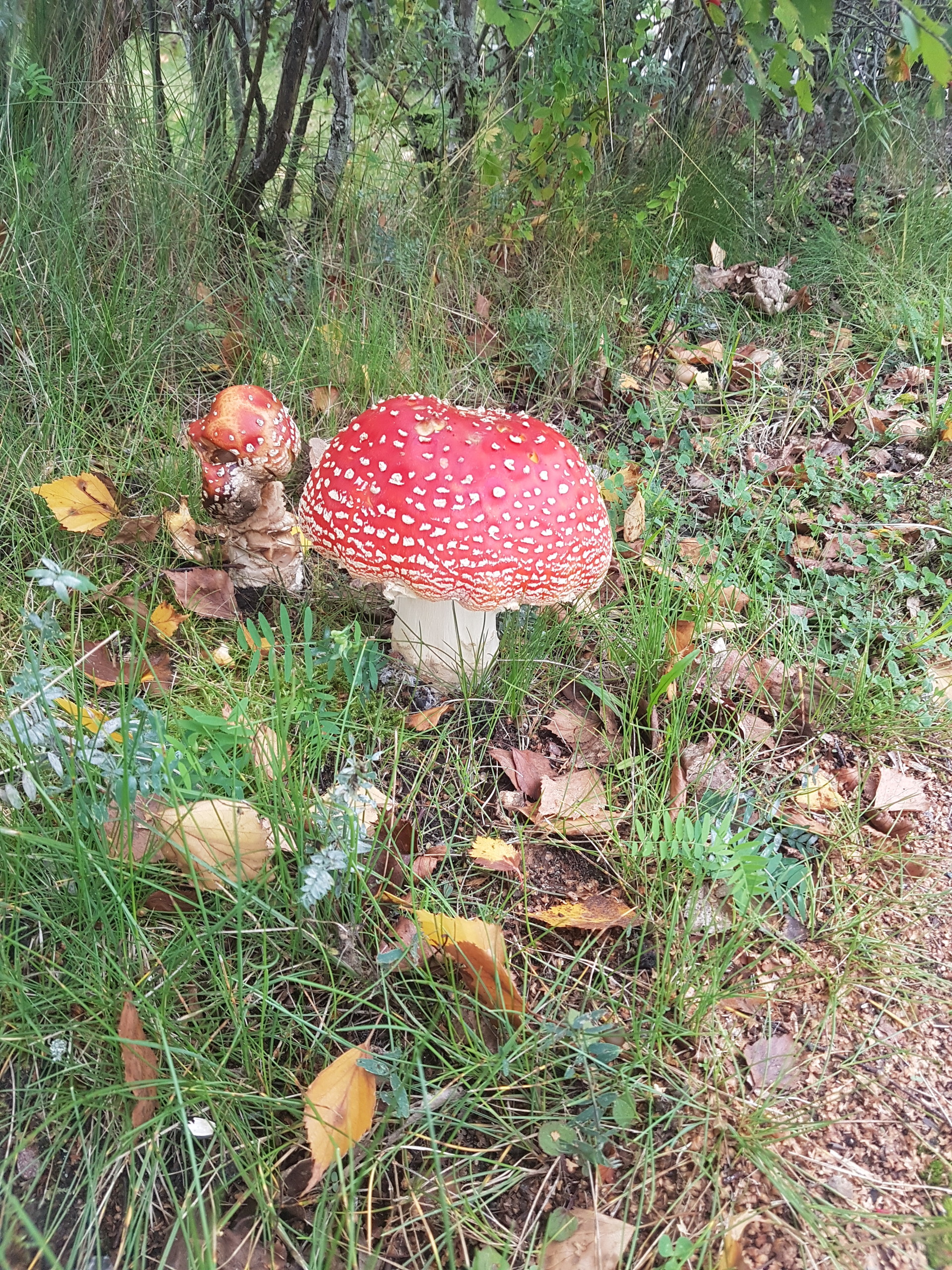
Ever since I had arrived in Karlstad I had heard musings of mushroom picking season. The joke went that all wild mushrooms were edible ... some you could only eat once!! Chantarelles seem to be the favourite mushroom and it seems there are two types, one smaller and browner, one larger. Both are easy to find if you know where too look ... and I hate to say it ... know where to get away from all the other mushroom pickers!
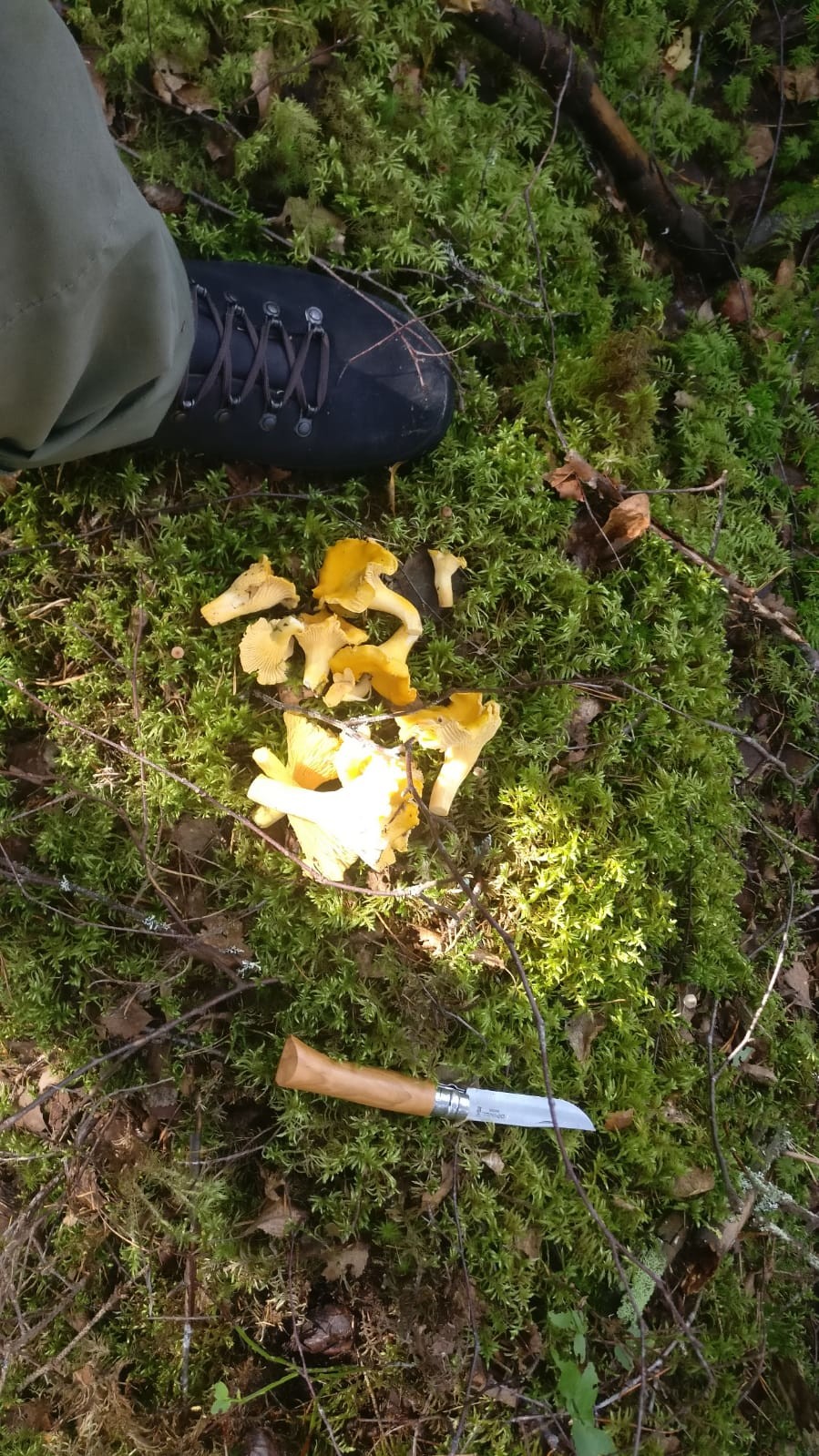
There is a wonderful law in Sweden called Allenmanstratten, basically a roaming law which allows you access onto any land, publically or privately owned, to collect fruits and mushrooms for your own use as long as you respect the land, do not cut down trees, break things or steal. Perhaps as a result of this (among other things of course) mushroom picking seemed to be a Swedish national hobby, the woods are filled with men, women and children, basket in hand, dog on the scent trail and piles of musrooms ready to eat.
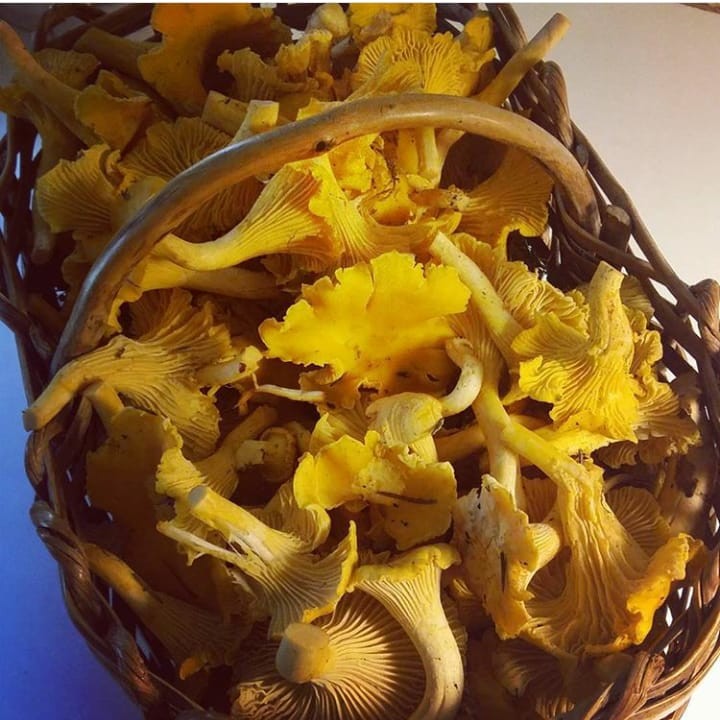
Or are they ready to eat? I have heard some say that the chantarelles need to be dried out first, then fried with chopped garlic in butter. Others say eat them right away! Clean the gills (those are the fringes under the head), cut away the soiled base of the stem and get cooking. It seems also that there are the organised few that dry them so that they can feast throughout the long winter months.
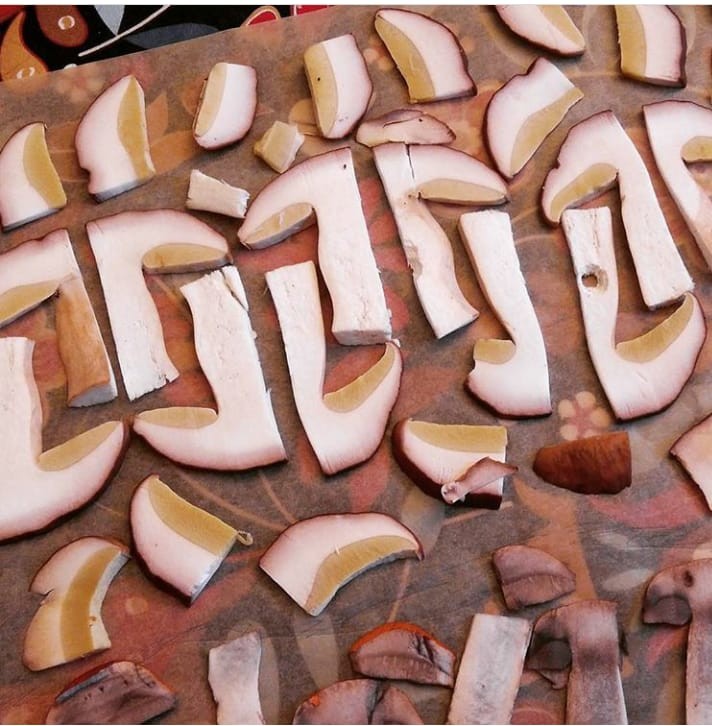
The mushrooms are made up of gills, ridges, pores and teeth and many a mushroom species can be identified by one of these features. The biggest mushroom is the karljohan (what a true Swedish name!) and this is a heavy mushroom, sometimes up to a kilogram, and is found in clusters in the pine forests. The flavour I feel is pretty mild, maybe a bit nutty but only because that word was mentioned!
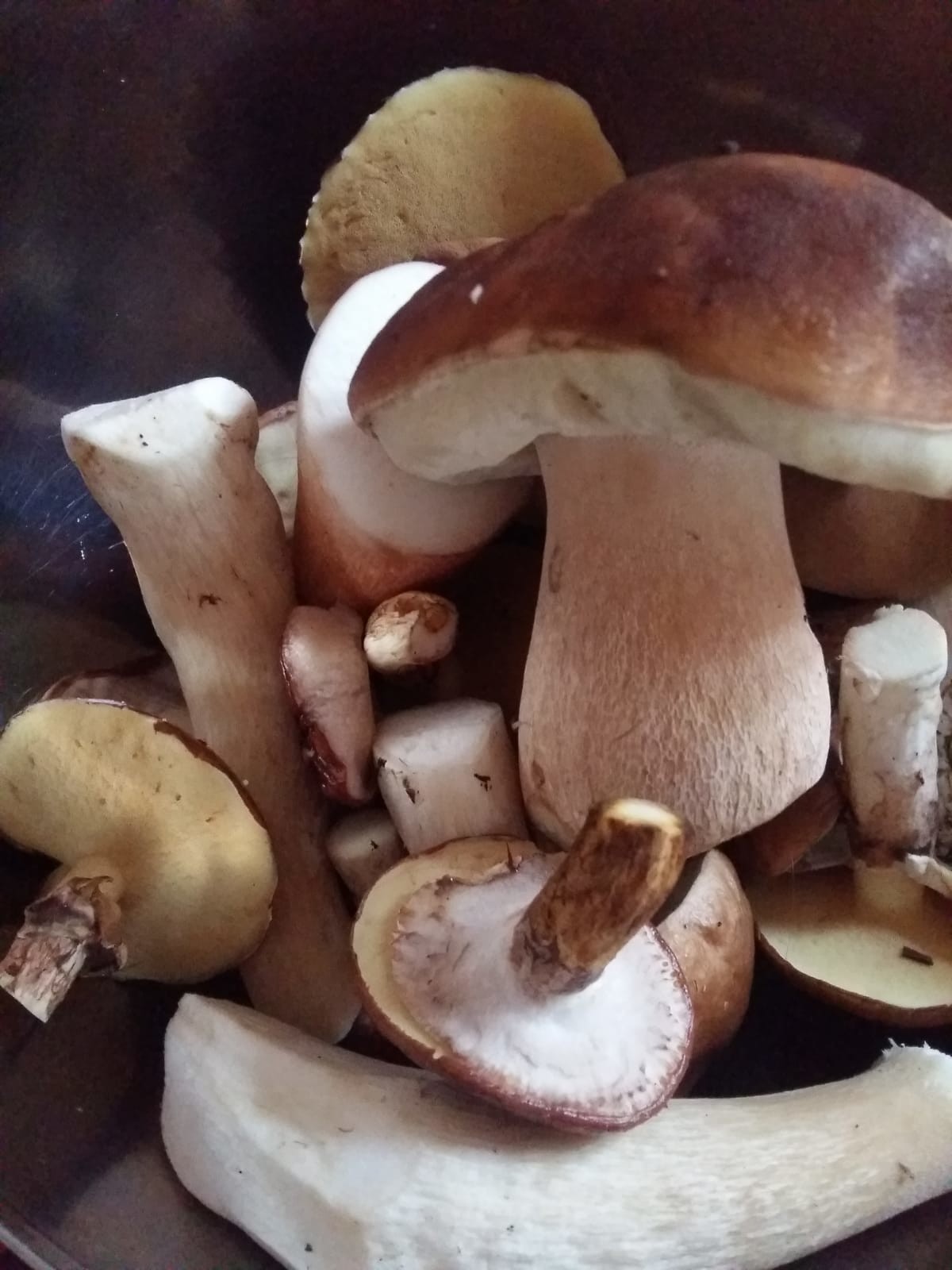
Now for some mushroom picking history
This business of eating mushrooms seems to have appeared in corrolation with a famine that occurred up here in Scandinavia two hundred years ago. Before that mushrooms and toadstools were (as you can well imagine) the playthings of supposed witches, although, apparently big, strong Viking warriors laced their mead (or liquor) with a mushroom here or there. In 1810 a Frenchman who was elected as a successor to the Swedish throne arrived in Sweden, changed his name to Karl and asked why the hungry Swedes were not eating these fungi that appeared to be growing everywhere?
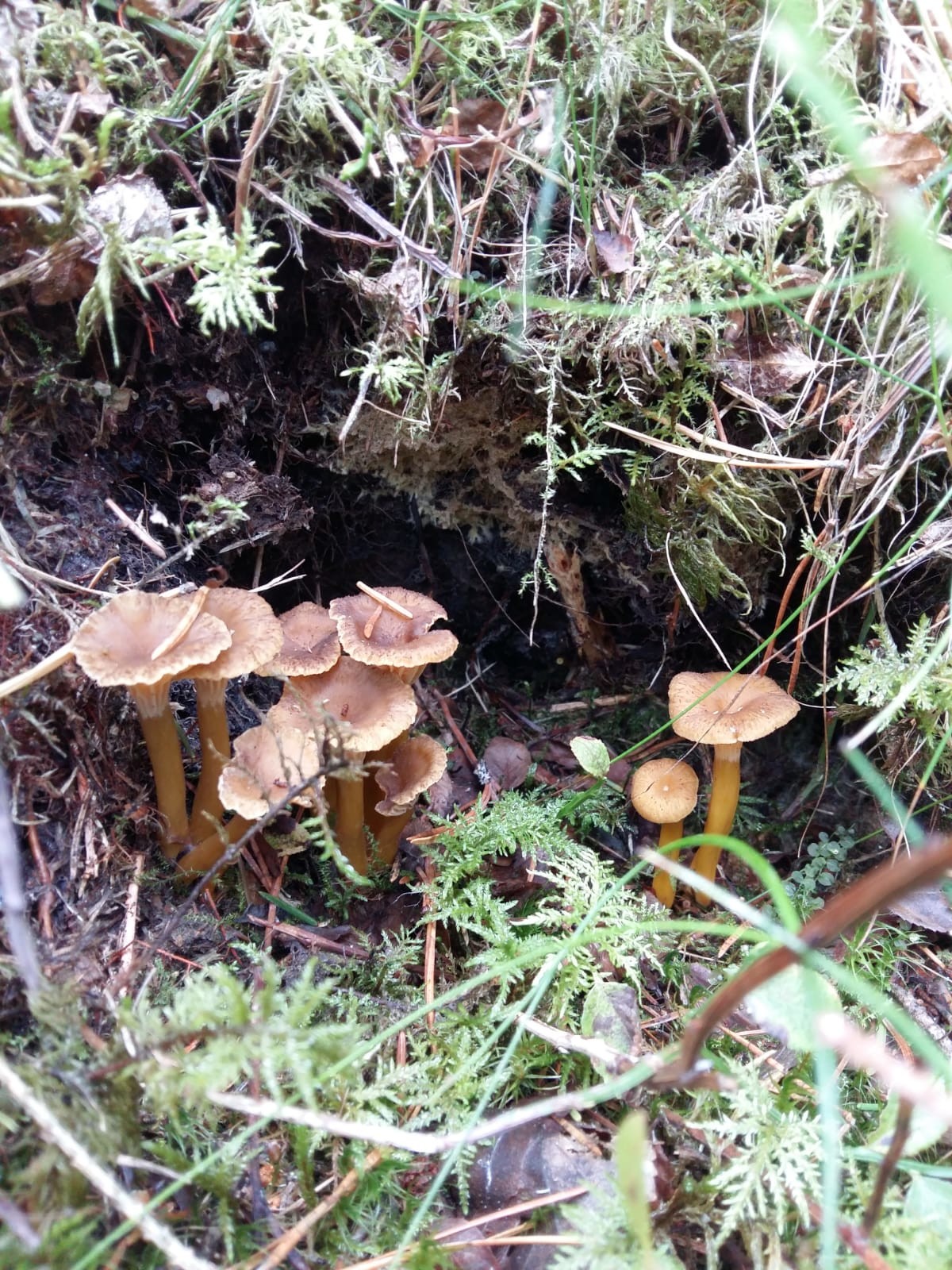
And so began the lessons in eating mushrooms ... and yes I am sure there were a good many fatalaties that occurred before Swedish Mushroom Wisdom (SMW) was estabished!
Now, in fact, hundreds of tonnes of mushrooms are also picked and exported mainly to France and Italy where they are prized. Here in Karlstad, for the lazy or immobile, there are ladies in Stora Torget (the main city square) selling these wild mushrooms by the punnet.
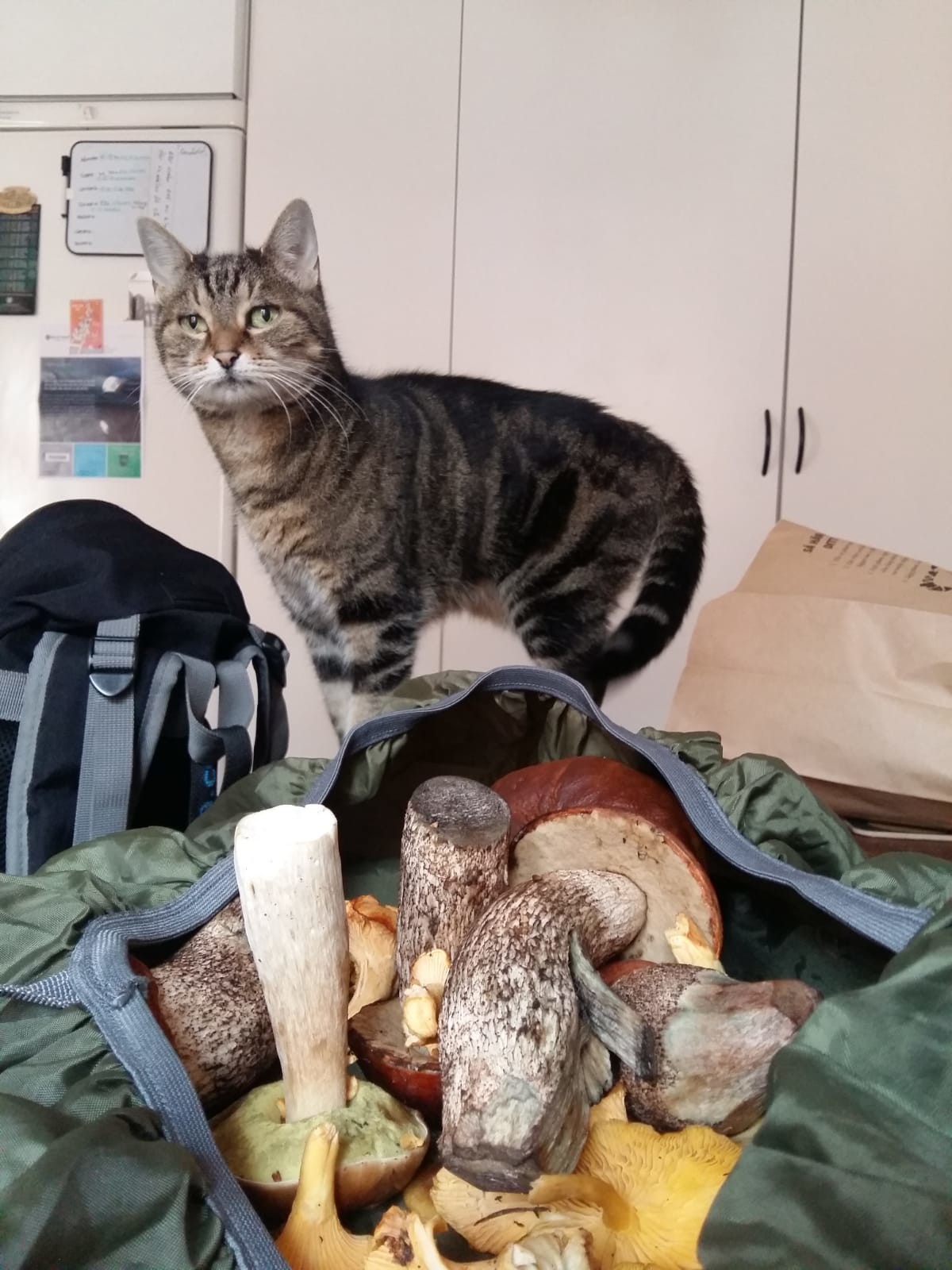
And onto berries ...
Lingonberries, blueberries and cloudberries had been spoken of too and I knew from past culinary experiences that these were exceptionally delicious!
Alice, her boyfriend and their two cats (soon to be three) lived in Molkom, a small village outside of Karlstad (an actually one of the largest hippie communes in Scandinavia). All around were woods and perfect collecting grounds for mushrooms and berries. Alice herself has a keen eye for all natural food stuffs and took the collecting seriously ... off the paths, into the mosses and fairy worlds, faster and faster and faster! Her garden though was also a prime source of berries (red currants) and we filled a basket or two from which Alice made juice.

My first time out there in the woods and I was well behind Alice in 'berries collected'. The blueberries are tiny and difficult to spot unless you are at eye level with them. There I knelt sinking into the green-brown of the knee high foilage picking these tiny berries one by one while Alice had handfuls in seconds. But soon my eyes began to pick them out quicker and I could keep up (somewhat).
The outdoor experience that berry picking gives is almost lusted after by the Swedes as the end of September and October draw near. The delight of eating fresh berries is contagious and children are as complimentary of it as are adults. Lingonberries are the famous condiment to the Swedish meatball and in fact many of the berries can be made into an array of jellies, jams, juices or even mixed into cakes.

Sadly I have not yet found or tasted a cloudberry and I hear these are the hardest of all the berries to find as they love the swamps and wetter areas of the forests.
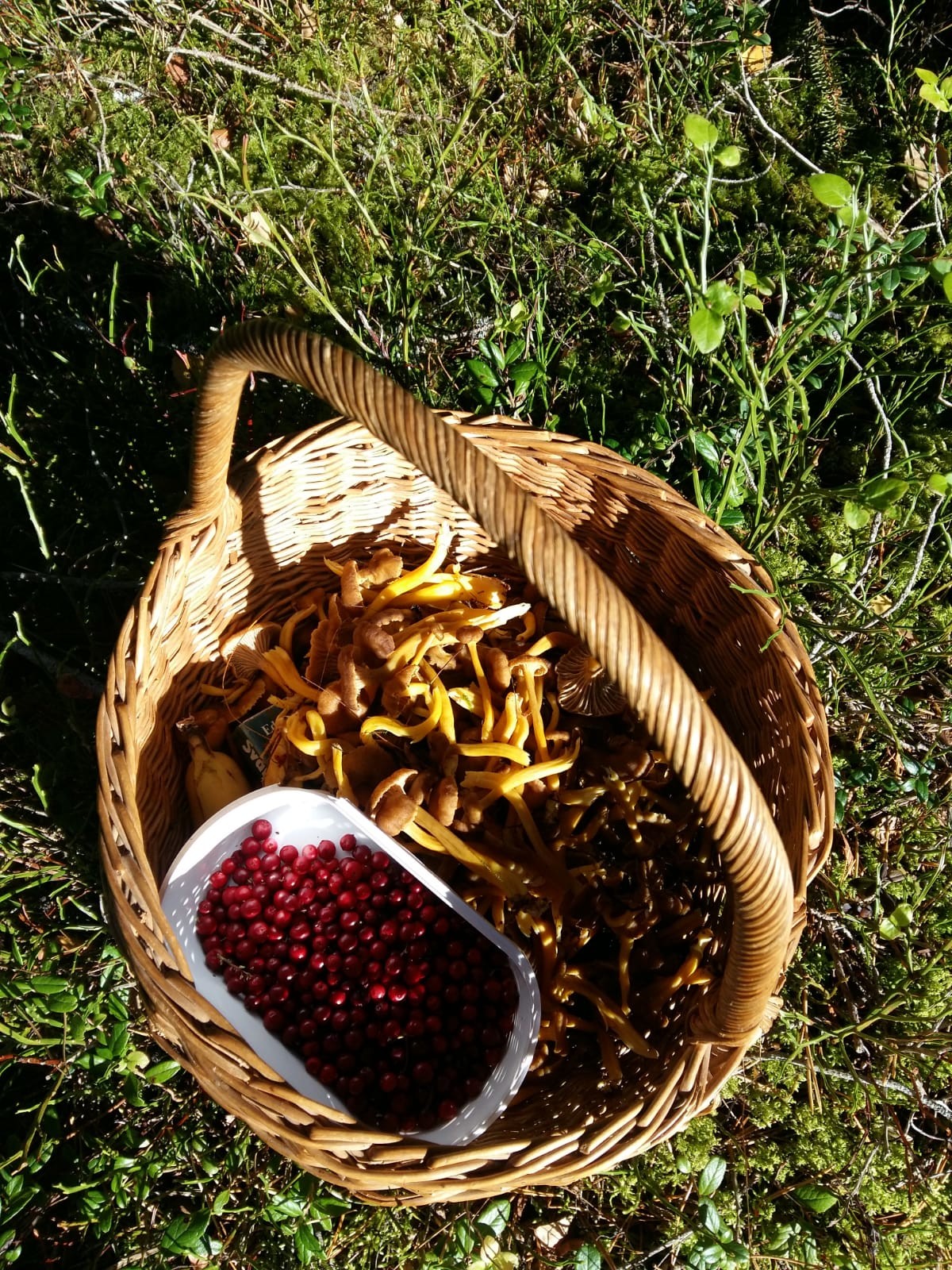
So students new to Sweden, get out there and begin collecting ...
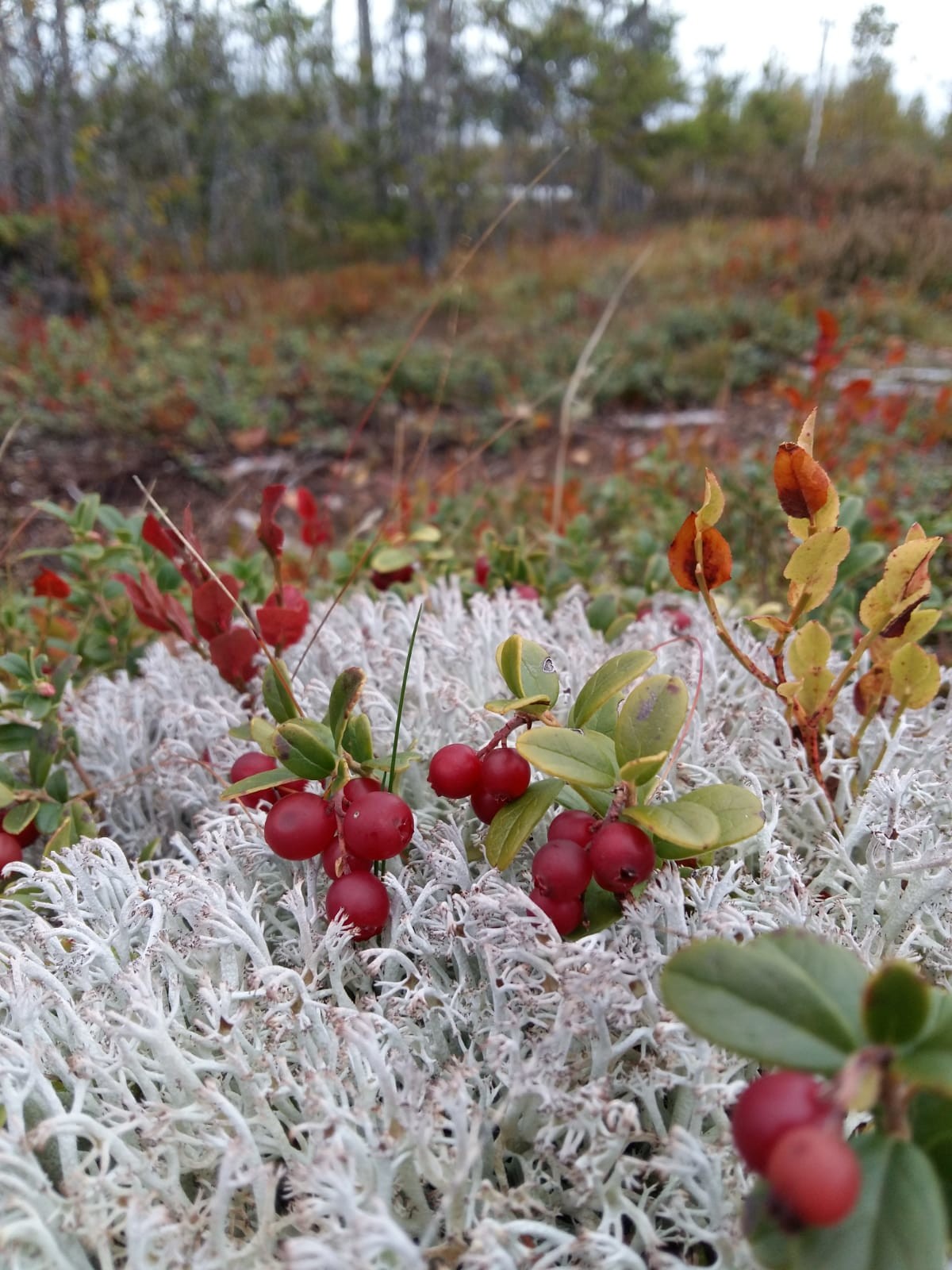
Oh and a quick story on slugs ...
As summer draws into fall here there seem to be so many slugs about and I wondered what species they were and how they possibly survived winter. Alice (and the rest of the Swedish gardening population) seemed to hate them as they munched through all the planted veggies from the potatoes to the beetroot, the rhubarb to the tomatoes. They forced entry to greenhouses and up onto raised seedbeds and seemed not to be deterred by anything.
I had heard a number of deterrants from warlike to docile. Cover them in salt (that is a horrific death), leave sunken bowls of beer so that they are attracted there, fall in and drown (expensive and also not very Bhuddist like), spray trails of chilli powerer around the beds (the slugs go right through and eat the whole chilli off the bush!), use sheeps wool as it is a substance they find impossible to move over, and cover all your veggie beds with it, (they push underneath) ... the list is endless and nobody seems to have an answer.
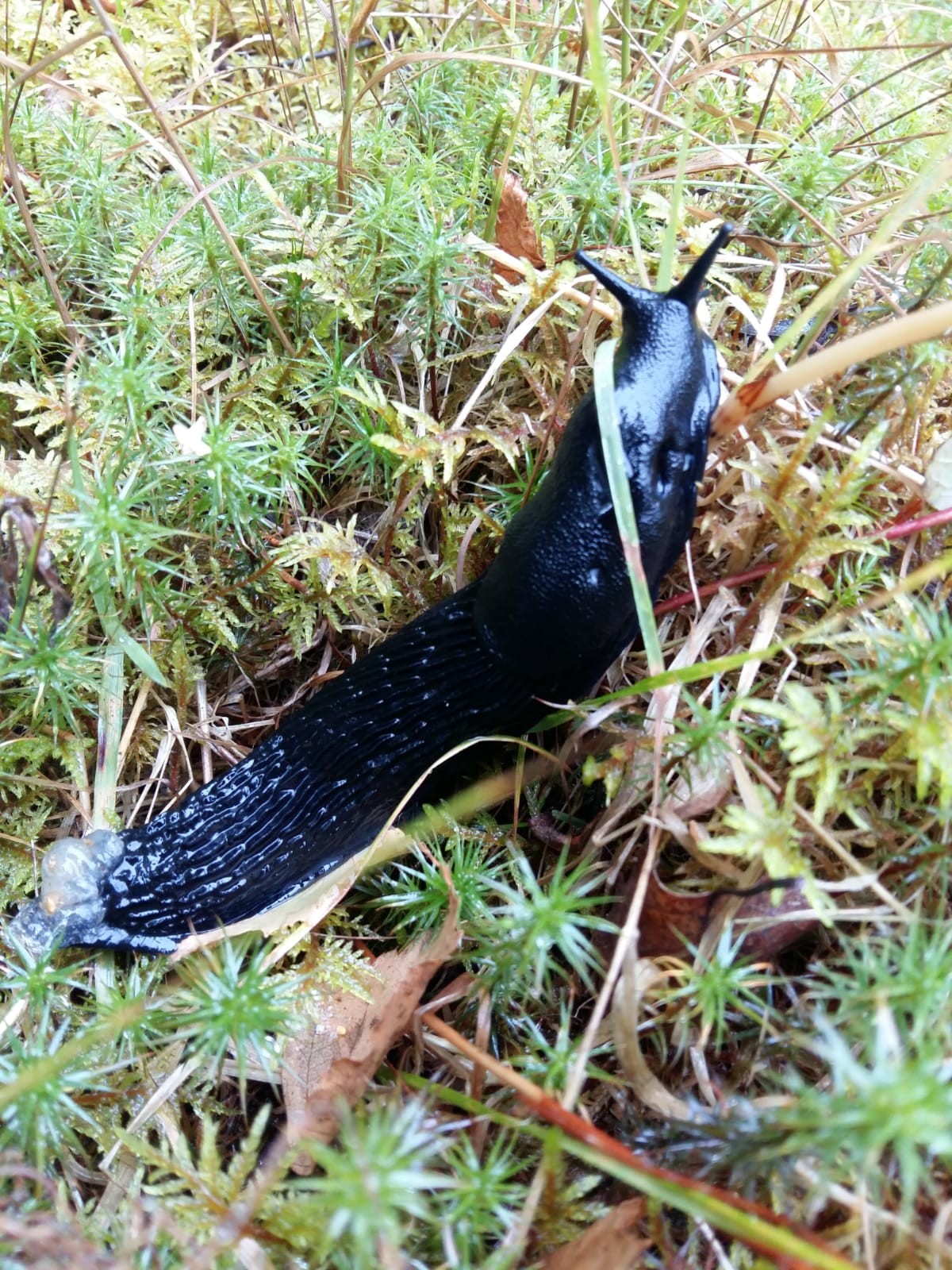
My two professors at Karlstad University had decided to track these slugs and try to understand how far they were moving and where. Using a surgical procedure they inserted a pit tag into the slug's abdomen and then set up monitoring stations. I will add here that this was no scientific experiment, only a bunch of scientists over a few beers.
It seemed that the slugs had no given territory and that they moved with the food. If the neighbour killed all her slugs then new ones moved in. The facination with these slugs was real in Sweden among those in the know because these were Spanish Killer slugs, an invasive species. In fact their presence and numbers did spark debate in the Swedish parliment and it was decided that roundworms should be spread about the country as they are about the only creature willing to bring about the demise of these slugs from Spain!
Tips for Erasmus students:
- This is an activity that is quite lovely done on your own or with friends. The peace and quiet that comes with the woods is balming so don't feel worried about going out there on your own.
- You may wish to play an active part in the eradication of Spanish Killer Slugs but beware that slime on the bottom of your shoe!
Photo gallery
Want to have your own Erasmus blog?
If you are experiencing living abroad, you're an avid traveller or want to promote the city where you live... create your own blog and share your adventures!
I want to create my Erasmus blog! →






























Comments (0 comments)